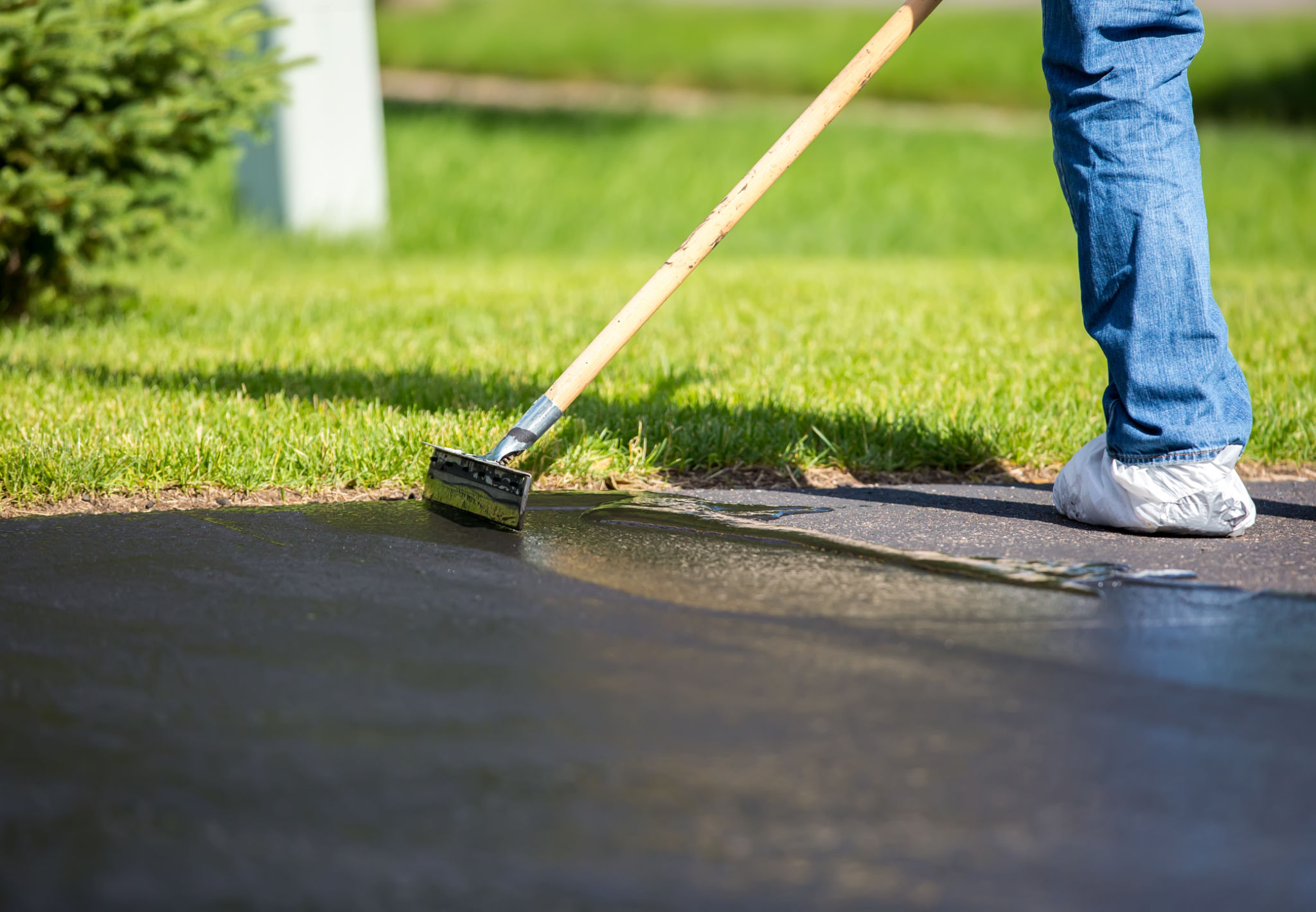DIY Guide: Building a Durable Driveway in Hawaii
Selecting the Right Materials
Building a durable driveway in Hawaii requires careful consideration of the materials best suited for the island's unique climate. The tropical weather, with its heavy rains and intense sunshine, can take a toll on standard driveway materials. It is essential to choose materials that can withstand these conditions over time. Concrete, asphalt, and pavers are popular choices, each offering distinct advantages.
Concrete is a top choice for many due to its durability and minimal maintenance requirements. It provides a smooth finish and can be customized with different textures and colors. Asphalt is also a viable option, particularly for those seeking a more cost-effective solution. Although it requires more maintenance, its flexibility makes it less prone to cracking under pressure. Finally, pavers offer an attractive and versatile option, allowing for creative designs and easy repairs.

Understanding the Climate Challenges
Hawaii's climate poses unique challenges when constructing a driveway. The combination of high humidity, frequent rainfalls, and intense UV radiation can degrade materials quickly if not properly addressed. It's crucial to consider these factors during the planning phase to ensure the longevity of your driveway.
Proper drainage is essential to prevent water accumulation and subsequent material damage. Incorporating a slight slope or drainage channels into your design can help manage runoff effectively. Additionally, selecting UV-resistant materials or applying protective sealants can significantly extend the lifespan of your driveway.

Preparing the Site
Before you begin construction, adequate site preparation is necessary for a successful driveway installation. Start by assessing the area for any trees, roots, or debris that might interfere with your project. It's crucial to clear the space thoroughly to ensure a stable foundation.
Next, outline the dimensions of your driveway using stakes and string to guide your excavation. Ensure that the ground is level and compacted to prevent settling over time. Depending on your chosen material, you may also need to lay a sub-base of gravel or crushed stone for additional support.
Installation Process
The installation process will vary depending on the material you choose. For concrete driveways, mixing and pouring concrete evenly is key to achieving a smooth surface. Be sure to allow adequate curing time before use. With asphalt, applying layers steadily and compacting them thoroughly ensures a robust finish.

Paver driveways involve laying individual units on a prepared base. This option allows for creativity in design but requires precise placement and spacing to avoid shifting. Regardless of the material, always follow manufacturer instructions and consider hiring professional assistance if needed.
Finishing Touches and Maintenance
Once your driveway is installed, finishing touches like sealing can enhance its durability. Sealing helps protect against water damage and UV exposure, which are prevalent in Hawaii's climate. Choose a sealant compatible with your selected material for best results.
Regular maintenance is crucial to preserving your driveway's condition. This includes routine cleaning to remove debris, periodic resealing, and addressing any cracks or wear promptly. By staying proactive with maintenance, you can ensure your driveway remains in excellent shape for years to come.

Conclusion
Building a durable driveway in Hawaii is an achievable DIY project with careful planning and attention to detail. By selecting the right materials, understanding climate challenges, preparing the site properly, following correct installation procedures, and committing to regular maintenance, you can create a lasting addition to your home. Invest time in research and preparation to enjoy a beautiful and functional driveway that stands up to Hawaii's unique environmental demands.